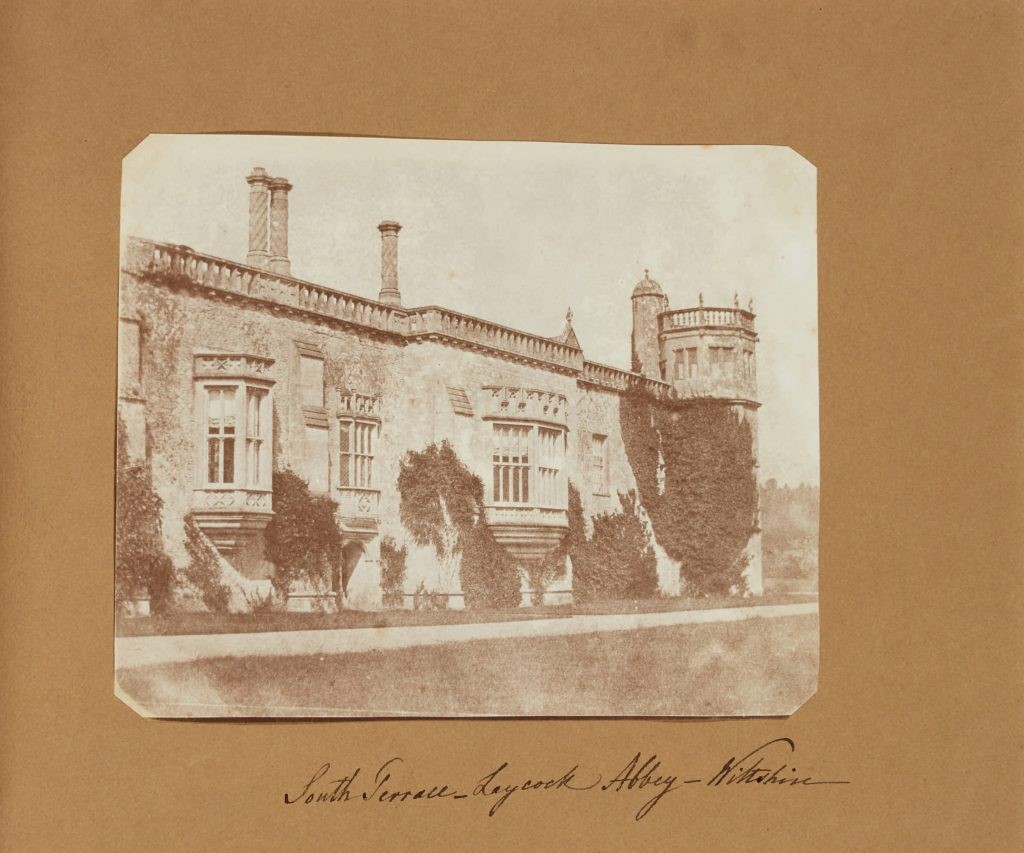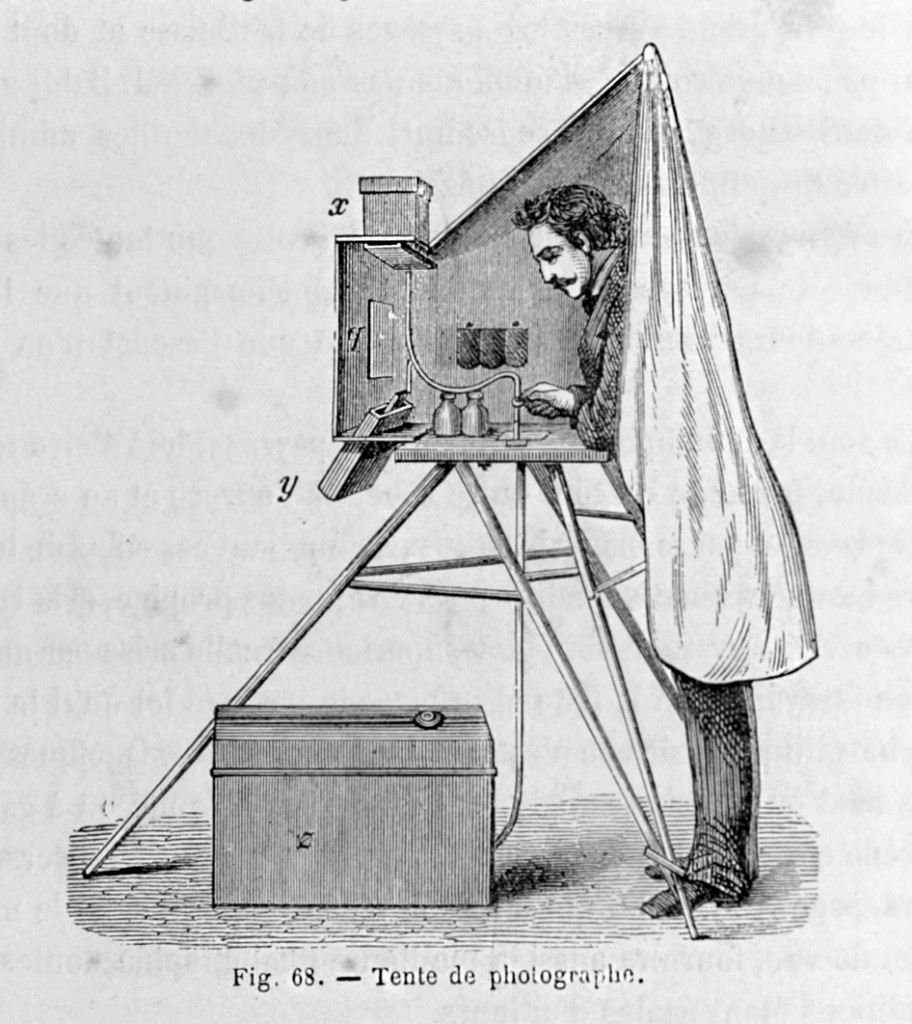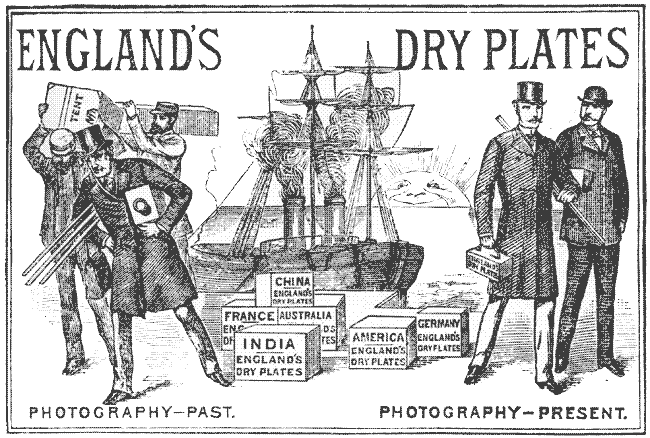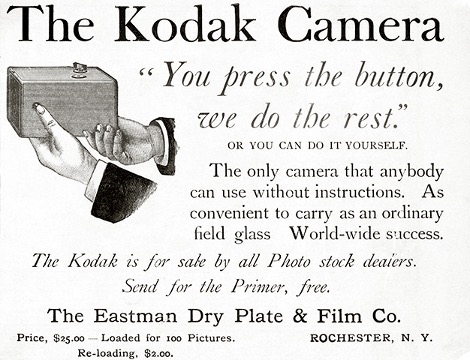
Camera Obscura
Since prehistoric times man has been making images of himself and the world around him. Until comparatively recently the processes involved have required skills possessed by only a few privileged individuals. The growth of portraiture in Europe from the time of the Renaissance was restricted to those wealthy enough to commission a painting. During the 18th century a growing middle class created a demand for less expensive methods of preserving an image of themselves....




